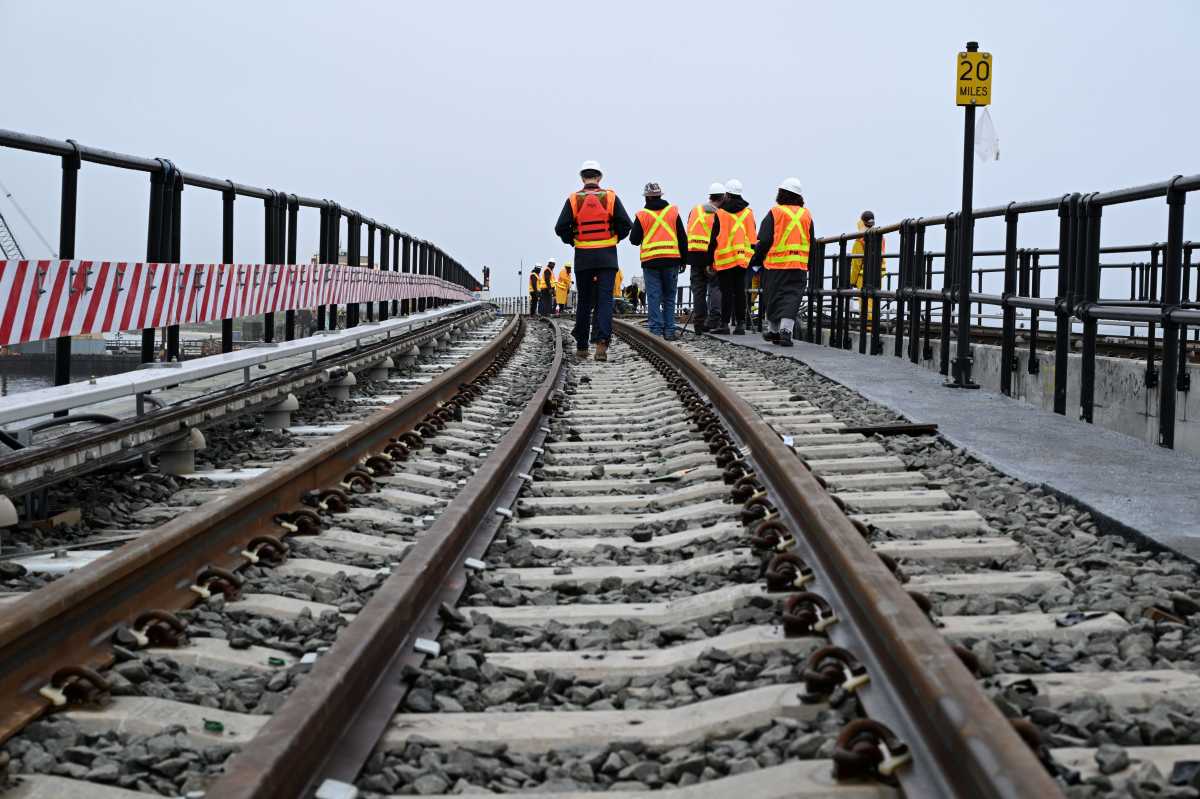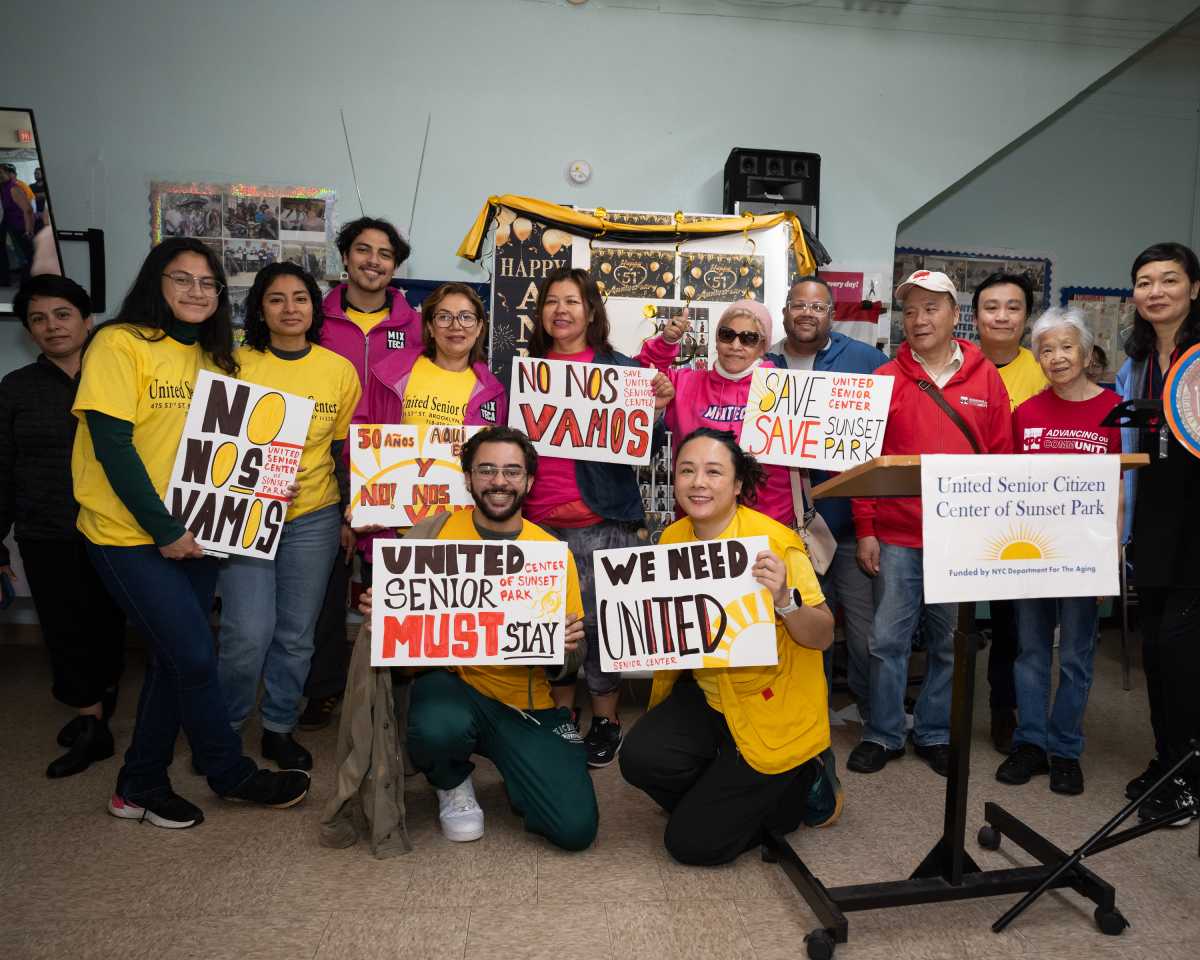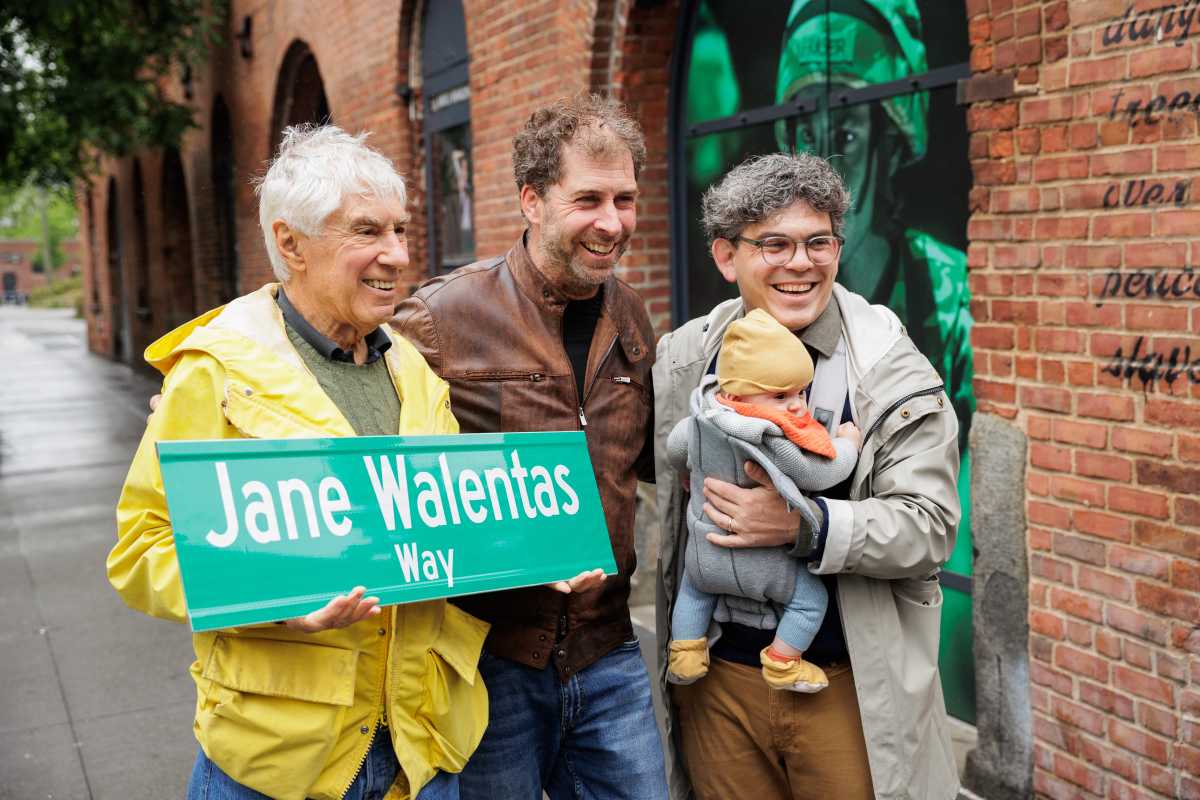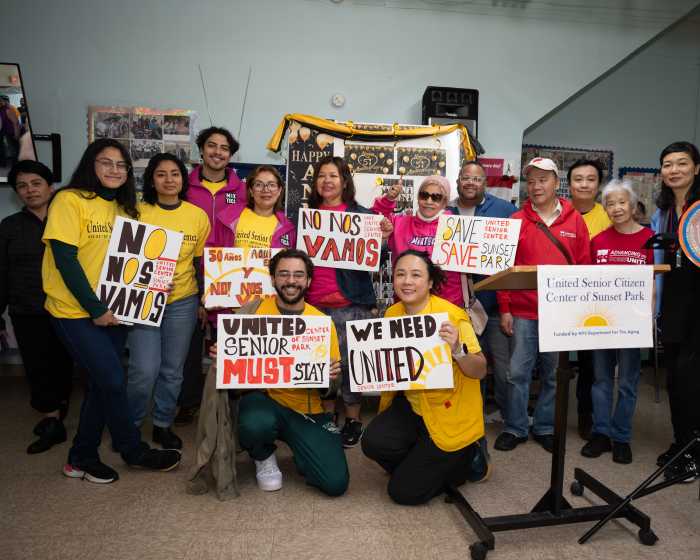
BY DUSICA SUE MALESEVIC | Linda John was excited when, around two months ago, she found a program she really liked at the Rubin Museum of Art (150 W. 17th St. btw. Sixth & Seventh Aves).
She discovered “Auspicious Stitches,” which taught different types of stitching and embroidery, after going to the museum on a Monday, when free admission is offered to seniors.
“It was a terrific group of woman who were doing interpretations of Himalayan themes,” John said in a phone interview.
But that program, as well as others such as “Yak Packers” (an early childhood art class), has recently been cancelled.
“I think it was exactly the kind of thing that the museum intended originally to establish, and now it just can’t keep it up,” she said.
John said a museum representative told the group that donors want to see programs that draw in a large number of people. “Auspicious Stitches” had anywhere from 10 to 30 people who regularly attended, she said.
“So it doesn’t matter whether the program is good. It doesn’t matter that it fulfills the aspirations of the museum, at least the way it’s stated in their mission statement,” she said. “None of that actually matters. What impresses donors is just large numbers, which we don’t have.”
Patrick Sears, executive director of the Rubin Museum of Art, said in an email statement that program choices are not based solely on potential for funding.
“We focus on the programs closest to our core mission that best serve our audiences, in particular, programs that deliver greatest impact given our limited resources,” he said. “Increased attendance is something we consider in that it is one sign of a healthy and vibrant institution that serves its communities and our mission.”
John said, “It was a wonderful program and it’s too bad that this new emphasis on funding means that it has to just disappear.”
Cutting programs is not the only changes going on at the museum — it has laid off staff and combined two departments into one.
Sears said the several staff positions were eliminated or combined in order to integrate the departments, maximize efficiency and prevent redundancy.
“As with many organizations founded by passionate individuals, the Rubin Museum’s long-term future depends on focusing its programs and diversifying its sources of funding, beyond the generosity of its founders,” said Sears.
Seven of the museum’s paid guides have been fired, said a source who has worked as a volunteer for several years, and feared being fired if named. The source pointed out that the guides were the lowest paid on the staff and many were part-time.
The museum is maintaining only four paid guides on staff, some of whom are part-time, the source said.
Sears said volunteer guides have been encouraged to do more guided tours, and the museum is considerably expanding their volunteer guide program, also referred to as the docent program.
The museum has also combined the programming and education departments into the new programs and engagement team, said Sears.
The source said, “It’s really unclear where they are going.”
Recently, the Rubin Museum sold its building at 115 Seventh Ave. for $57 million, according to city records. The museum’s total revenue for 2014 was approximately $8.6 million and its assets are approximately $140 million, according to Sears. That figure doesn’t include the museum’s real estate or the collection, he said.
Sears said personnel cost account for around 50 percent of its operating budget, which the museum did not provide. He also said the museum does “run a structural deficit, which is made up annually by appropriation from investments or special gifts from the founders.”
For the source, the cutting of programs and staff is “very confusing” when it appears that the museum is doing well financially.
When asked about the staff and program cuts, Sears said, “Following the Rubin Museum’s first decade of growth and experimentation, we are entering a new phase of fiscal prudence and program impact evaluation to ensure a sustainable long-term future for the museum.”
There seems to be a move away from art and tours, the source said, adding, “I thought this was supposed to be an art museum. I’m kind of flummoxed by what they are trying to do now.”
The museum is currently running a crowdfunding campaign to expand their Tibetan Buddhist Shrine Room. They have thus far raised $29,360 of their $45,000 goal.

Sears said the expansion is not a shift toward a museum more focused on Buddhism.
“Our primary focus continues to be the art and ideas of the Himalayan region,” he said. “Visitor feedback and growing demand from educational groups also prompted the expansion plans for the Shrine Room. Because of its popularity, we wanted to create more space to accommodate visitors.”
The source said, “I think it’s a great resource for the neighborhood. I think that they do incredibly interesting programming there. I think their art shows are wonderful. I don’t understand where they’re trying to go and I just fear that we may lose this resource.”


































